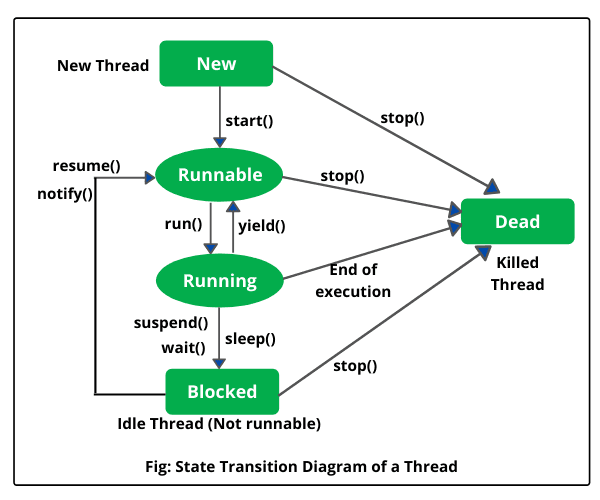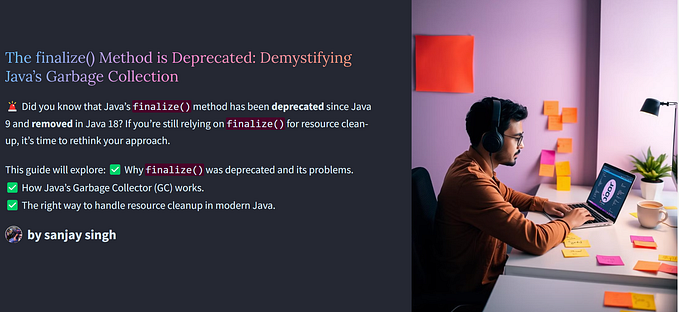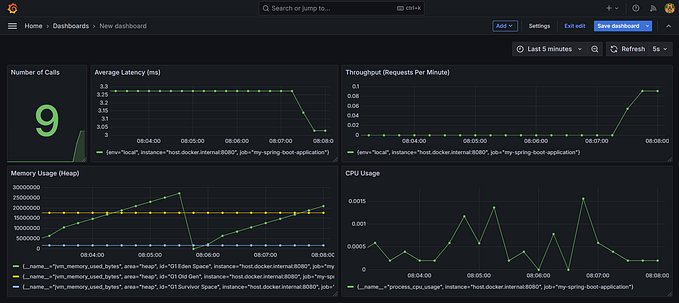Member-only story
How to Implement Complex Crud Operation Stored Procedures with Spring Boot Application
Implementing Create, Read, Update, and Delete (CRUD) operations using stored procedures in a Spring Boot application, providing practical examples and the right approach for building robust database interactions.

Message to Readers:
If you enjoyed this content, please consider giving it a clap and Follow Me on Medium for more articles on Java, Spring Boot, and microservices. Additionally, you can connect with me on LinkedIn: Follow Me on LinkedIn.
Please Follow Me , I Will create more free content for you
What Are Stored Procedures?
Stored procedures are SQL queries stored in the database that can be executed by an application. They are precompiled and allow for complex data manipulations without needing to send multiple SQL statements from the application. Stored procedures can improve performance, reduce network traffic, and provide additional security.
Why Use Stored Procedures in a Spring Boot Application?
- Performance Optimization: Stored procedures reduce the need for repeated queries and can optimize performance by using indexes and other database optimization techniques.









